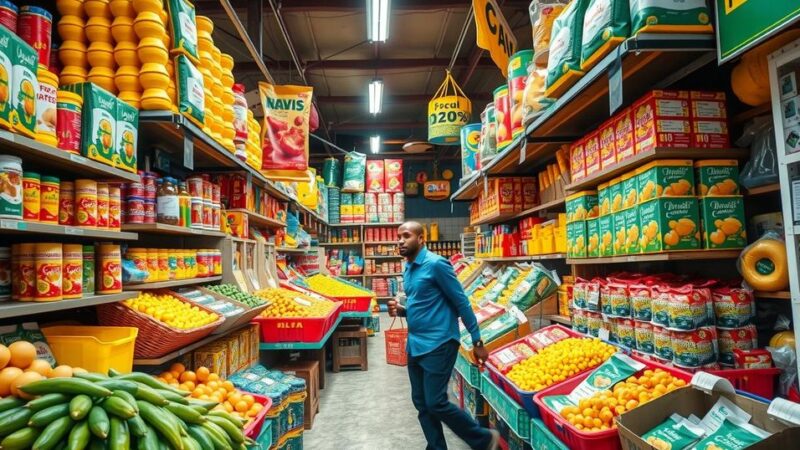Human smugglers are now assisting migrants in returning home due to stricter U.S. immigration policies under the Trump administration. Approximately 20 to 30 migrants are taking boats from Panama to Colombia each day. Smugglers offer return trips for $550, while conditions for migrants remain poor. The shift in migration routes highlights changing dynamics among governments as they adapt to the evolving situation and the dangers associated with reverse migration.
The landscape of human smuggling is experiencing a notable shift, as smugglers now assist migrants in returning to their home countries due to stringent U.S. immigration policies. Since the Trump administration has intensified border crackdowns, the prospect of migrating north has become increasingly less viable. Consequently, daily, approximately 20 to 30 migrants are seen boarding vessels from Panama to Colombia rather than heading north, as their legal pathways to the U.S. have diminished significantly.
Smugglers like El Zurdo, once focused solely on aiding northward migration, are now facilitating “return trips” at a cost of $550 per migrant. This package includes transport to Necoclí in Colombia, along with basic accommodations and meals. El Zurdo commented, “This is a first in 10 years. We knew there would be changes coming, but I never imagined this.”
As the Trump administration escalates deportation efforts and alters asylum appointment processes, it has become increasingly challenging for migrants. Adam Isacson, associated with the Washington Office on Latin America, noted that some migrants arriving in the U.S. with hopes of an asylum appointment are now opting to return south instead. Panama’s government reported that this year, about 2,200 migrants have journeyed south, compared to a mere 408 traveling north through Panama in February, reflecting a stark change from the previous year’s 37,000 in the same month.
The return route has seen a transition from the perilous Darien Gap to maritime paths. Migrants traveling by boat often reach Capurganá, avoiding the dangers of the jungle. Gardi Sugdub has emerged as a notable location for migrants awaiting transport back; however, the conditions there are far from ideal, with limited access to essentials like potable water and electricity, leading to $10 daily lodging fees.
In response to these changes, both Panama and Colombia are adapting their policies and monitoring the emerging situation. Panama’s Security Minister Frank Abrego confirmed that regional authorities are observing these informal boat transfers closely to prevent illegal activities such as human trafficking. Meanwhile, Colombia’s Foreign Minister Laura Sarabia has indicated that initiatives are under consideration to support returning migrants, including programs for employment and education, amid rising xenophobia issues.
The dangers accompanying migration were recently underscored when a boat capsized in rough waters, tragically resulting in the death of an 8-year-old Venezuelan child. Additionally, Ariel Ruiz of the Migration Policy Institute estimates that between 250,000 and 270,000 migrants remain in Mexico, frequently reconsidering their options due to heightened enforcement policies. Ruiz states, “Mostly because of the Mexican enforcement and the conditions there, people were either not willing or not wanting to wait in Mexico for a long time,” leading many to consider returning home instead.
The current trend in human smuggling signifies a drastic reversal of migration patterns, with smugglers now facilitating return journeys for migrants impacted by the Trump administration’s strict immigration policies. As many individuals reconsider their options in light of stringent regulations and unsafe living conditions, Panama and Colombia are adapting to manage this phenomenon while providing support to returning migrants. This situation accentuates the complex dynamics involved in migration amid changing political landscapes and the dire consequences faced by vulnerable populations.
Original Source: www.latintimes.com






